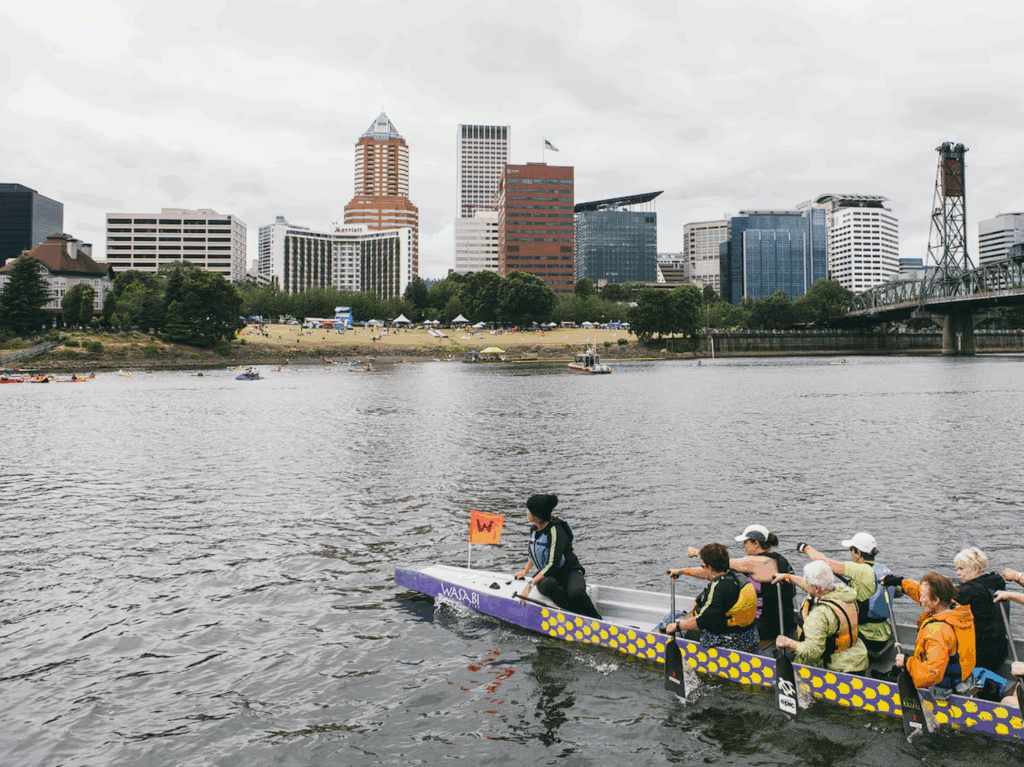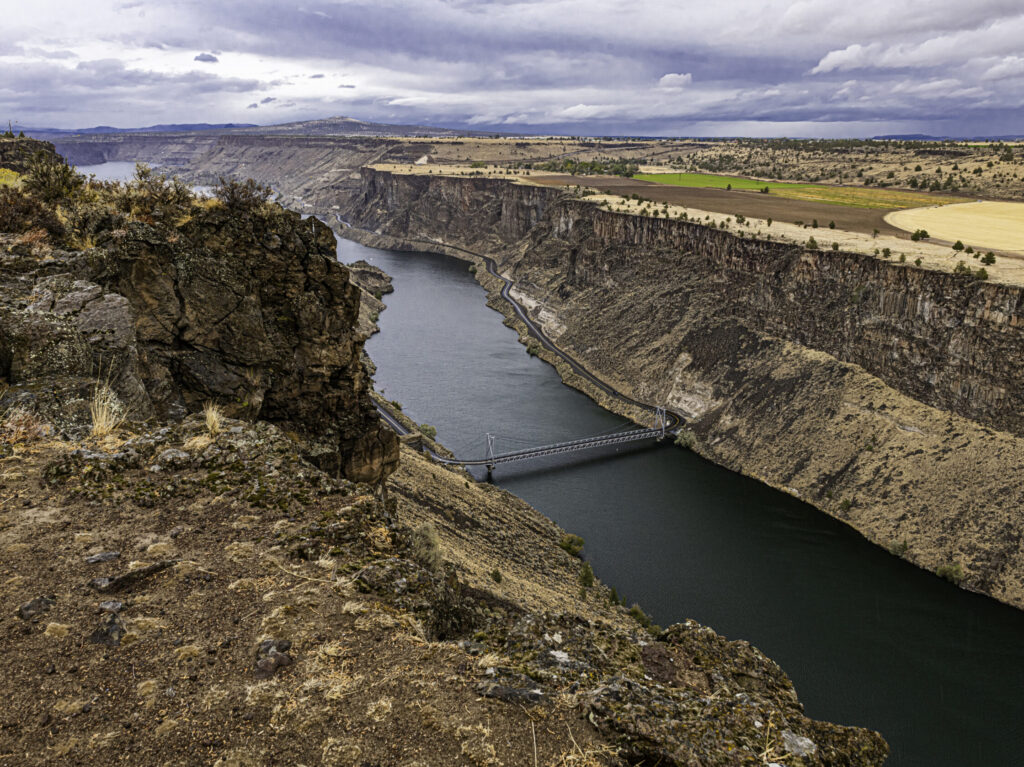Importance of Clean Water for Amphibians
Author
Posted
Share

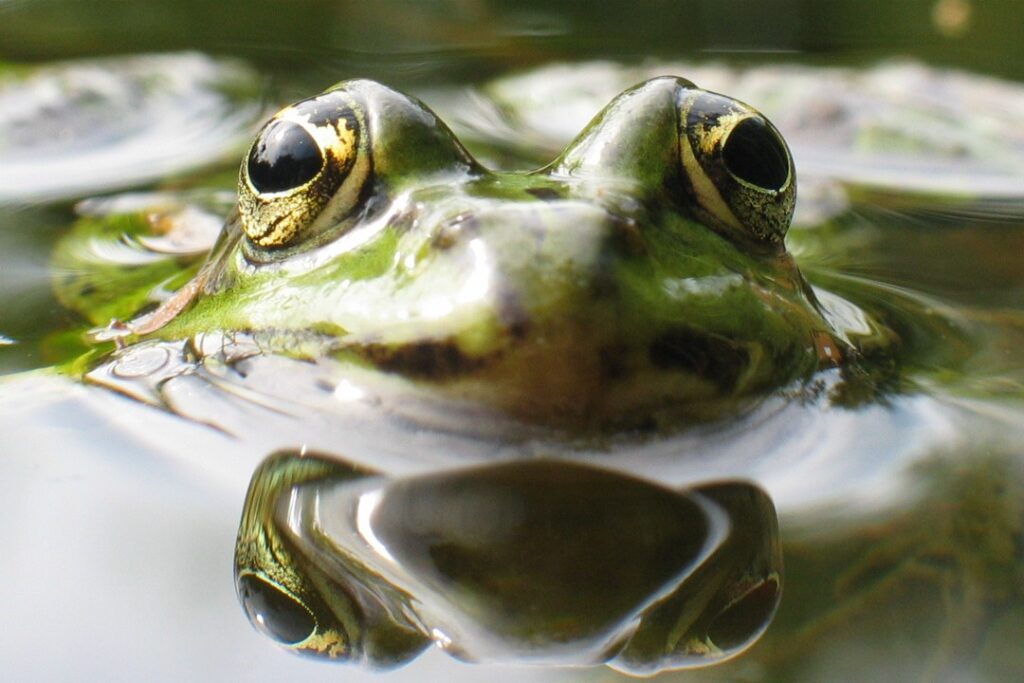
This post is part of our collaboration with Portland State University and Dr. Alida Cantor’s Water Resource Management class. Her class explored water policy, water quality and quantity issues, and environmental justice. Graduate and undergraduate students translated research for their final projects into creative forms that Follow the Water is excited to share.
The Relationship Between Water Quality and Amphibians
Clean water is absolutely crucial for amphibians, as it is necessary for their reproduction, feeding, and respiration. Amphibians need water to lay their eggs in or around so their young can start as aquatic organisms before growing legs.
Amphibians are known to be indicator species for water quality, as they are highly sensitive to changes in the environment. In particular, amphibians are excellent indicators for the health of aquatic ecosystems, which can help to provide insight as to the state of the environment the amphibian is in and can help identify what issues may be affecting the water quality. Researchers use amphibians as a form of bioindicator since they can be used to assess the presence of pollutants such as heavy metals, pesticides, and other chemicals in the water. It has even been found that you can measure the physiological responses of amphibians to changes in water quality, which can be seen in changes in heart rate, respiration, or behavior (Aquarius Systems, 2023).
The reason why amphibians are sensitive to water quality is because they have the ability to breathe through their skin. Therefore, any pollutants, toxic chemicals, or diseases present in the body of water can absorb through their skin and enter their body. Andrew Moore of North Carolina State University mentions that chemical contamination in the water can “cause amphibians to experience a wide range of health problems such as a shift in their skin microbiome which increases their vulnerability to disease to morphological deformities which decreases their chances of survival.”
Poor water quality is linked to amphibian population declines worldwide. In addition to climate change, pesticide use, disease, and other human actions such as habitat destruction, many amphibians face serious risk of extinction. The USGS states that the average decline in amphibian species is roughly 3.79% per year and that if this rate remains unchanged, some species will disappear from half of the habitats in about 20 years.
Vulnerable Amphibian Species in Oregon
Oregon Spotted Frog:
- This species needs permanent ponds, marshes, and streams through meadows for breeding and foraging
- Need somewhat of a specific habitat -shallow water with a bottom layer of decaying vegetation is their typical habitat
- Livestock grazing can remove cover along streams and allow sediment and excess aquatic vegetation to decrease habitat value
- Protection of vegetation buffers and improvement of hydrology is needed to benefit overwintering and larval habitat
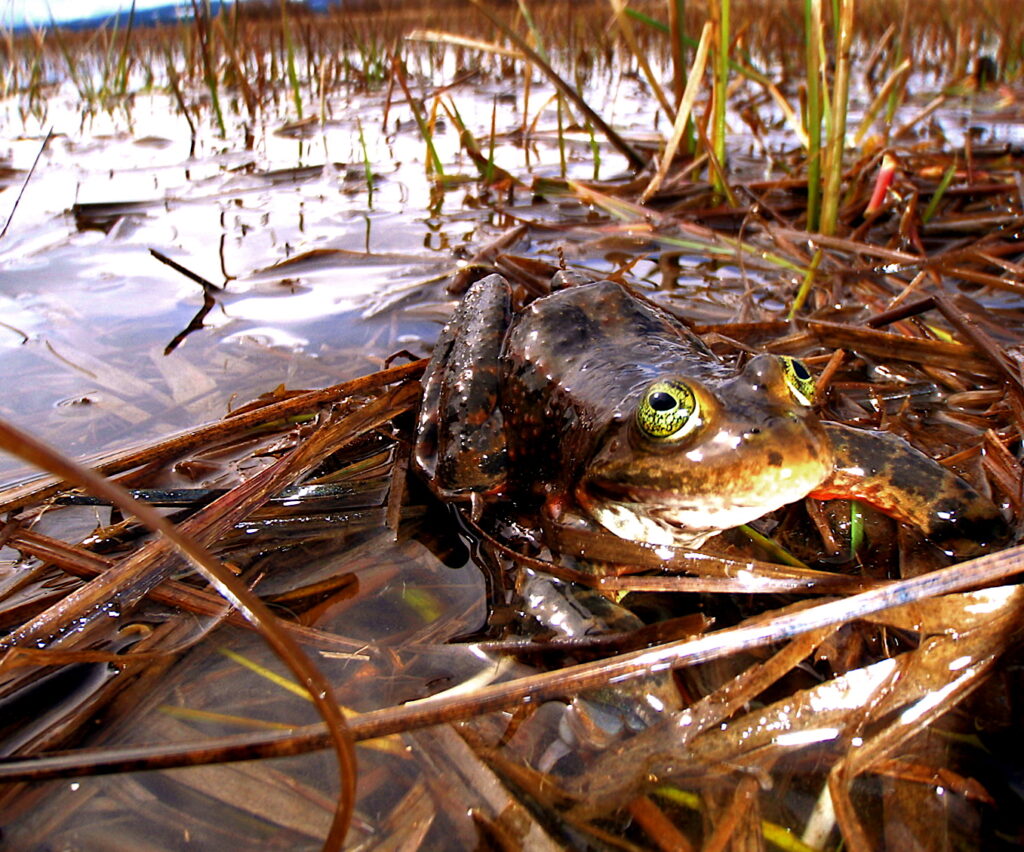
Columbia Spotted Frog:
- Needs permanent water that does not freeze through
- Alteration of hydrology, siltation, and lowering of the water tables through down-cutting of stream channels have contributed to population declines of this species
- Maintaining vegetation buffers helps with their challenges regarding water
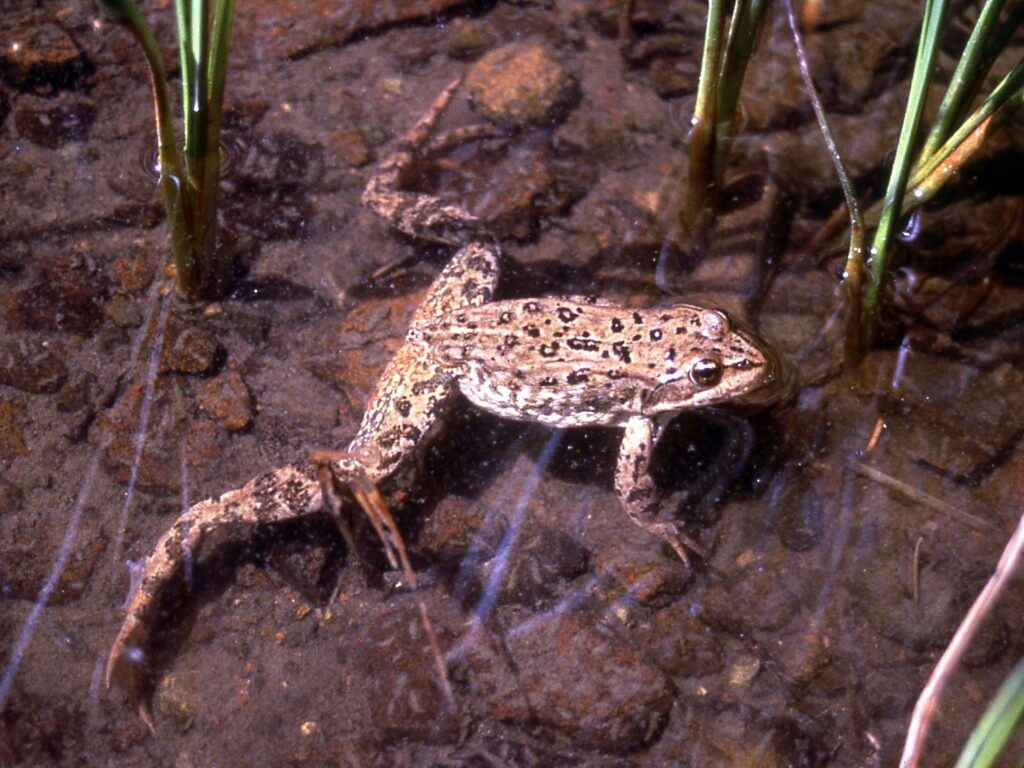
Cascades Frog:
- This species requires access to clean, permanent water sources
- Poor water quality is the main harm to this species. They can be sensitive to waterborne pathogens, water availability such as changes in snowpack/melt, and sedimentation
- Predation and competition from invasive species are additional threats
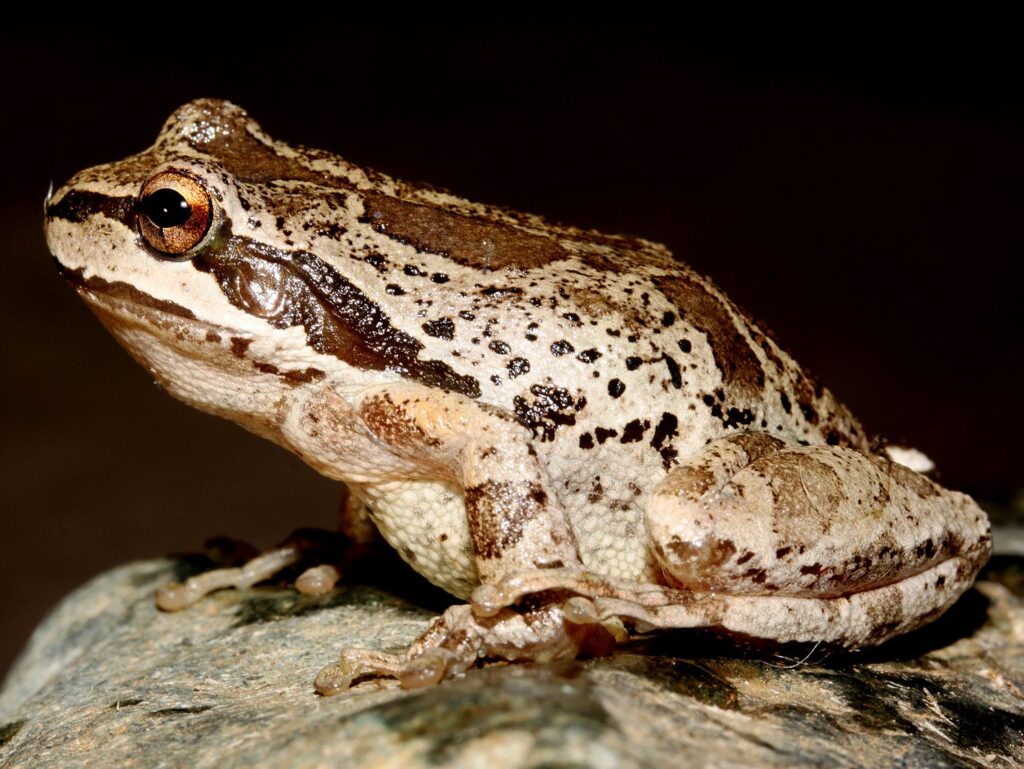
Cascade Torrent Salamander:
- Require cold water, so they’re sensitive to temperature variation and sedimentation in water they live in. Sedimentation in water is largely caused by logging and road construction
- Their minute gill surface area they have makes them especially vulnerable to sedimentation and water temperature increases
- Changes in precipitation, reduced snowpack, earlier snowmelt, and altered hydrology all affect this species
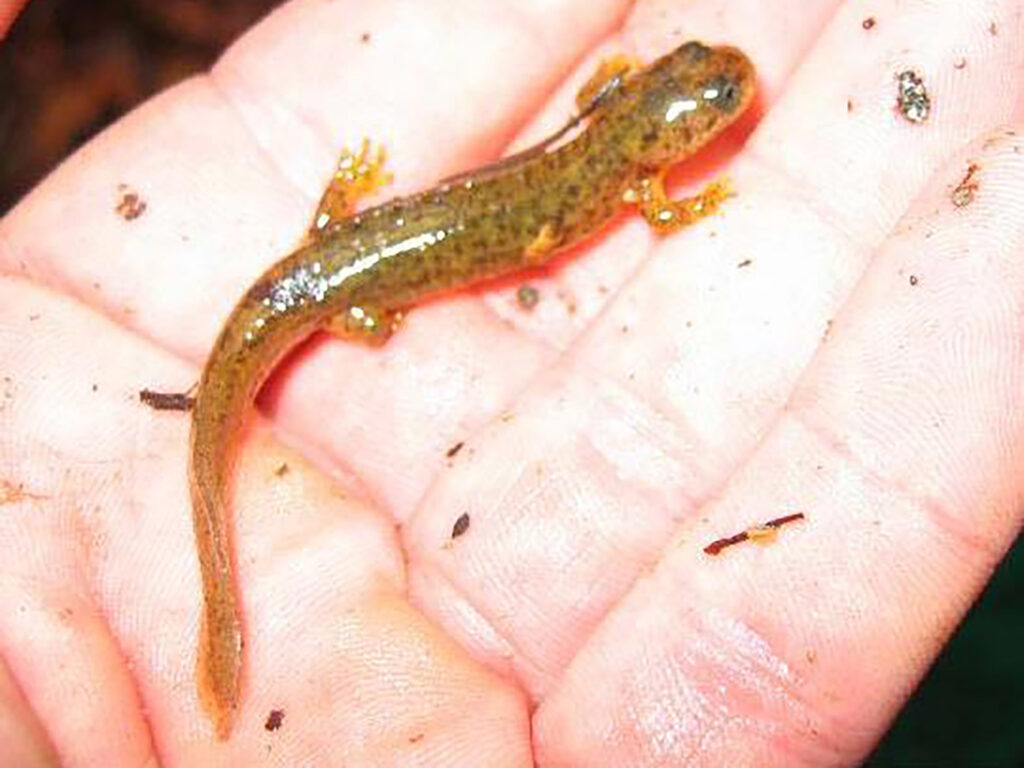
While all amphibians are vulnerable, these species are considered at higher risk and have faster population declines than some other amphibians as identified by ODFW’s Oregon Conservation Strategy program. They define strategy species as species with small or declining populations, are at-risk, and/or are of management concern.
Protect Aquatic Ecosystems
We must work together to protect aquatic ecosystems that are home to various vulnerable amphibians. If protection efforts aren’t put in place, amphibians and other species that live in the water could be affected by pollution, water scarcity, and human actions.
Freshwater, where amphibians live, is much more limited than saltwater. It only makes up about 3% of water on earth, where the other 97% is saltwater. Therefore, there is further importance to protect freshwater habitats for amphibians.
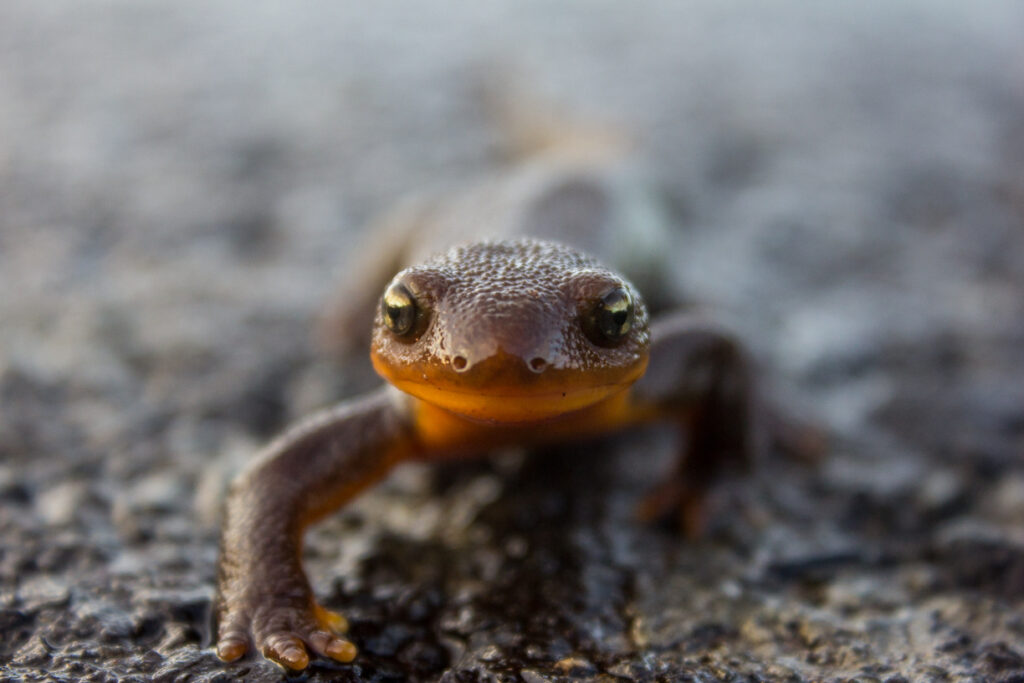
The Tualatin Soil and Water Conservation District states some ways in which we can protect aquatic ecosystems and amphibian populations including:
- Increased protections for their existing habitat, which include water and land, as well as habitat connectivity to be able to safely travel between habitats
- Being cautious of non-native species such as the American Bullfrog, which can consume many native species of amphibians and outcompete them for limited resources. Non-native/invasive plants can also affect the livelihoods of amphibians by reducing their access to food and shelter
- Preventing water pollution by reducing usage of chemicals, ensuring trash doesn’t enter their environment, and reducing sediment pollution in waterways. These actions help provide a healthy habitat for amphibians to grow and reproduce
- North Carolina State University also recommends properly disposing of pharmaceuticals and avoiding the use of pesticides and fertilizers
Sources:
- Amphibians are Indicator Species for Water Quality (2023) Surface Water Management Issues
- What Amphibians Can Tell Us About Water Quality (2023) College of Natural Resources News
- The Oregon Conservation Strategy – Amphibians (n.d.) ODFW
- What Can Frogs and Salamanders Tell Us About Water Quality? (2021) Tualatin Soil and Water Conservation District
- Why are amphibian populations declining? (n.d.) USGS

Related Posts
Oregon Water Stories: Multnomah County
Oregon Water Stories is a project of PSU Professor Melissa Haefner’s freshman inquiry class, running…
Celebrating Earth Day 2025
Happy Earth Day 🌎 🌍 🌏 You can make an impact today—and every day—by connecting…
Oregon Water Stories: Jefferson County
Oregon Water Stories is a project of PSU Professor Melissa Haefner’s freshman inquiry class, running…


